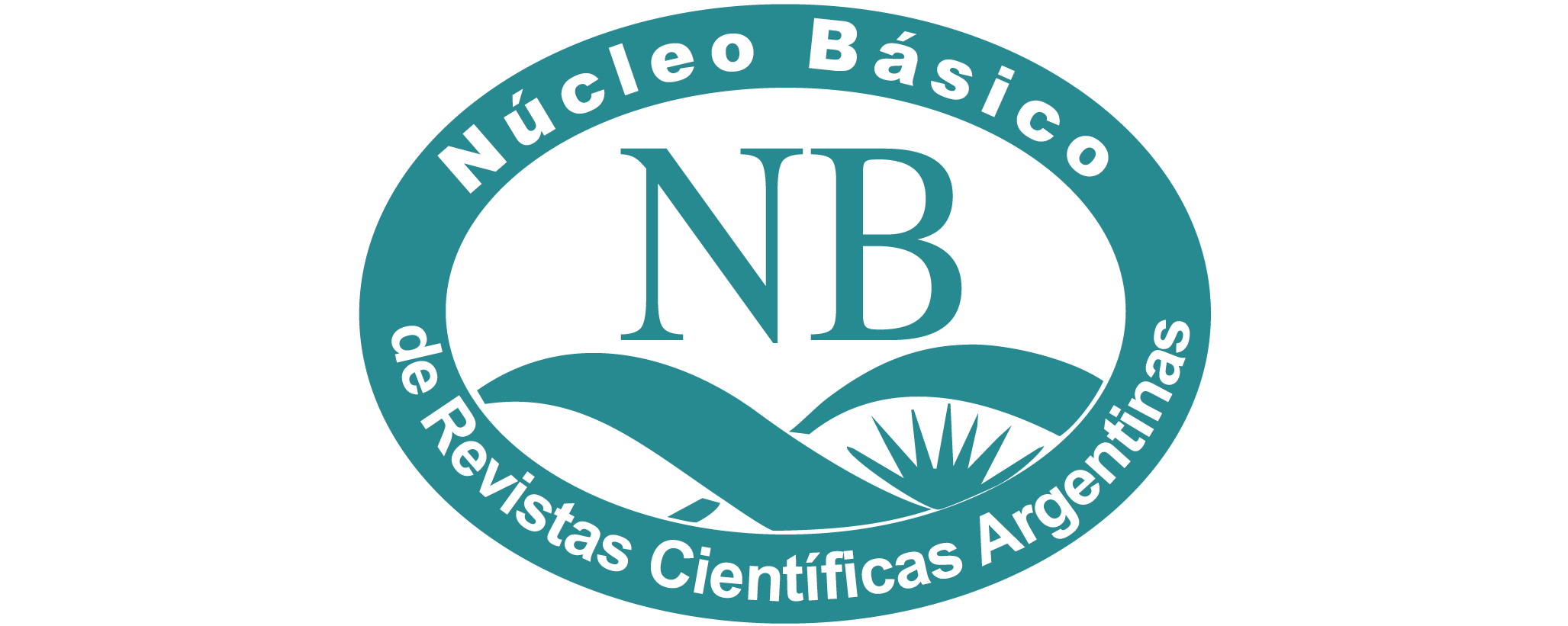Epicauta atomaria (Meloinae: Epicautini) es un meloideo que pertenece al grupo de especies Epicauta maculata. Es nativo de América del Sur con un rango de distribución muy amplio que va desde los 15° N, en el centro de Brasil (Mato Grosso y Bahía) hasta los 40° S en la provincia de Río Negro (Argentina). A los adultos de E. atomaria se los reconoce principalmente por su patrón de coloración: tegumento negro, revestimiento gris interrumpido por máculas glabras. A pesar de la información recopilada para este insecto, el conocimiento sobre sus plantas huéspedes, su importancia económica y comportamiento de oviposición es muy fragmentado y se basa generalmente en observaciones aisladas. Es por ello que los objetivos del presente trabajo fueron aportar información sobre su ecología, contribuyendo con nuevos datos de distribución para América del Sur; confeccionar un listado completo de plantas cultivadas y silvestres asociadas, aportando nuevos registros; y describir e ilustrar por primera vez tanto el comportamiento de oviposición como los diferentes estados inmaduros. Como resultado, por un lado, hemos podido observar que E. atomaria presenta actividad diurna y se lo encuentra preferentemente sobre sus plantas huéspedes. Del total de plantas registradas, las familias más importantes fueron Amaranthaceae y Solanaceae, y en menor medida Fabaceae. Por otro lado, observamos que las hembras colocan sus huevos en cavidades en el suelo, en masas compactas que se van tornando más oscuras conforme van madurando. El desarrollo larvario de E. atomaria incluyó fases morfológica y biológicamente distintas como se identificó para otros meloideos. Este estudio pone en relevancia que E. atomaria se encuentra presente en los sistemas agrícolas por lo que se hace necesario intensificar las investigaciones sobre la incidencia de este insecto en los diferentes cultivos de interés
alimenticio y su posible manejo agroecológico. De igual forma se debería ampliar el estudio sobre plantas silvestres asociadas en virtud de que pudieran considerarse como recursos alternativos primarios por parte de estos insectos y su importancia en ser mantenidos o preservados en las inmediaciones de los cultivos agrícolas.
Palabras clave: bionómico, cultivos hortícolas, oviposición, falso bicho moro.
ABSTRACT
Epicauta atomaria (Meloinae: Epicautini) is a meloid that belongs to the Epicauta maculata species group. It is native to South America with a very wide distribution range that goes from 15° N, in central Brazil (Mato Grosso and Bahia), to 40° S, in the province of Río Negro (Argentina). Epicauta atomaria is recognized mainly by its coloring pattern: black integument, gray pubescent interrupted by glabrous macules. Despite the information collected for this insect, knowledge about its host plants, their economic importance, and oviposition behavior is highly fragmented and is generally based on isolated observations. The principal objectives of this work were: to provide information on its ecology, contributing with new distribution data for South America, make a complete list of associated cultivated and wild plants, providing new records, and describe and illustrate, for the first time, both the oviposition behavior and the different immature stages. As a result, we observed that E. atomaria has diurnal activity and is found preferentially on its host plants. Of the total number of plants registered, the most important families were Amaranthaceae and Solanaceae, and to a lesser extent Fabaceae. On the other hand, it was observed that the females lay their eggs in cavities in the ground, in compact masses that become darker as they mature. The larval development of E. atomaria included
morphologically and biologically distinct phases, as was identified for other meloids. This study highlights the fact that E. atomaria is present in agricultural systems, therefore it is necessary to intensify research on the incidence of this insect in different crops of food interest and its possible agroecological management. Similarly, the study on associated wild plants should be expanded because they could be considered as primary alternative resources by these insects and their importance in being maintained or preserved in the vicinity of agricultural crops.
Keywords: bionomics, horticultural crops, oviposition, false bicho moro.
Contact: Campos-Soldini, M.P. mariapaulacampos@gmail.com











